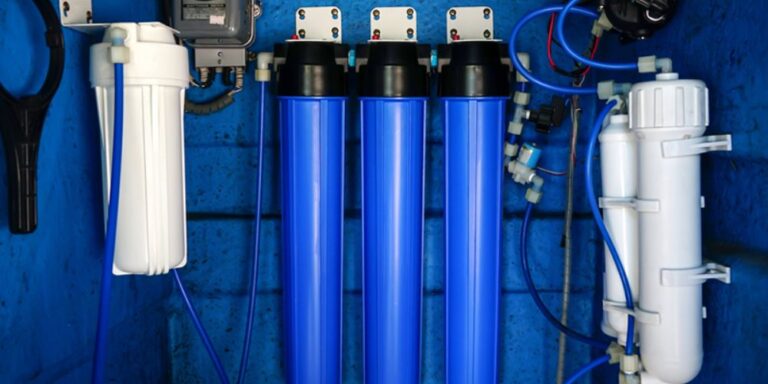Construction projects are all about momentum. Crews, schedules, and equipment need to move in sync to hit deadlines and stay within budget. But when equipment sits idle—burning fuel without doing work—it eats away at profitability. For too long, contractors relied on guesswork to manage utilization. Today, construction equipment tracking software is changing that, providing real-time data that cuts idle time and keeps every machine productive.
Why Idle Time Costs More Than You Think
Idle time may seem harmless—after all, the machine isn’t breaking down. But the hidden costs are staggering. According to the U.S. Department of Energy, idling can consume up to a gallon of fuel per hour, depending on engine size. Multiply that across a fleet of 50 or 100 machines, and fuel waste alone can run into tens of thousands of dollars annually.
Idle time also accelerates wear and tear. An idling excavator racks up engine hours without actually moving earth, which means service intervals arrive sooner than necessary. This shortens the useful lifespan of equipment and increases maintenance costs.
Perhaps the most damaging effect is project delay. If one machine is sitting idle when it should be in use, it creates a ripple effect—crews wait, schedules slip, and productivity drops. A Dodge Construction Network report found that inefficient equipment usage contributes to up to 14% of lost productivity on job sites.
How Tracking Software Turns Data Into Action
So how does technology fix the problem? With construction equipment tracking software, managers gain visibility into exactly how, when, and where every machine is being used.
Key features include:
- Real-time GPS tracking to monitor equipment location across multiple sites.
- Utilization reports showing how long each machine is active, idle, or offline.
- Telematics integration for monitoring engine hours, fuel burn, and operator behavior.
- Alerts and notifications when idle thresholds are exceeded.
One midwestern contractor deployed tracking software across its 200-machine fleet. Within six months, idle time dropped by 30%, saving an estimated $400,000 in fuel and maintenance. The data also allowed them to redistribute underused equipment between sites, avoiding unnecessary rentals.
The Broader Benefits of Smarter Tracking
Cutting idle time delivers obvious cost savings, but the benefits go further:
- Better Scheduling: With accurate data on usage, managers can allocate equipment to where it’s needed most, reducing downtime.
- Increased Safety: Monitoring operator behavior helps identify unsafe practices like excessive idling or unauthorized machine use.
- Environmental Impact: Less idling means fewer emissions. According to the EPA, reducing idle time by one hour per day per machine can cut CO₂ output by several tons annually.
- Competitive Edge: Companies that track and optimize utilization can bid more aggressively, knowing they’re operating leaner.
Real-time tracking also fosters accountability. Operators are less likely to let machines sit running unnecessarily when they know usage is monitored. Over time, this builds a culture of efficiency across the workforce.
Future-Proofing Fleet Operations
The role of tracking software is expanding quickly. Beyond monitoring idle time, modern platforms are integrating with project management, maintenance, and financial systems to provide a holistic view of operations. Soon, contractors will be able to forecast equipment demand weeks in advance, optimize resource allocation automatically, and tie utilization directly to project profitability.
Firms adopting construction equipment tracking software today are setting themselves up for long-term success. They’re not only cutting waste now but also building smarter, more resilient operations for the future.
Conclusion
Idle time is one of the most underestimated drains on construction efficiency. Fuel waste, premature wear, and project delays all add up to thousands of dollars in hidden costs. Smarter tracking provides the solution. By using construction equipment tracking software, contractors can monitor usage in real time, reduce idle hours, and keep machines working where they’re needed most.
The bottom line is simple: less idle time means more work done, more profit earned, and stronger performance across every project.



